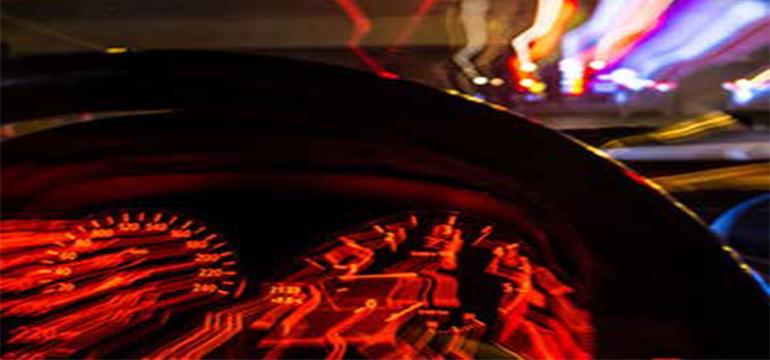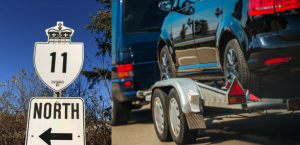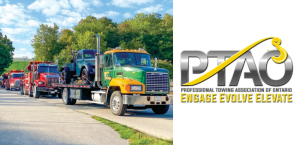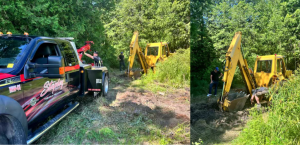Young people driving high
Towing professionals might find dealing with millenials a little bit more difficult–and interactions with them a little more frequent–since the legalization of marijuana. According to a new study from the CAA, young Canadians frequently engage in dangerous behaviour involving the use of marijuana and automobiles. The findings are based on a poll of 1,517 Canadians. A probability sample of the same size would yield a margin of error of +/-2.5%, 19 times out of 20.
“The study’s findings regarding attitudes and perceptions tells us there is a need for more education,” says Jeff Walker, CAA chief strategy officer. “If you plan to consume cannabis, don’t drive. Make an alternate arrangement just like you would for drinking.”
According to a CAA study, a quarter of Canadians between the ages of 18 and 35 admit to having driven while under the intoxicating effects of marijuana, or driving in a car with someone they knew to be high.
Interestingly enough, more than 85 percent of young Canadians also accept that it is important to make plans to avoid driving after consuming alcohol. Just 70 percent, view avoiding driving while under the influence of marijuana is of less importance than while under the influence of alcohol.
“Cannabis may impair your driving differently than alcohol, but the effect is the same – decreased reaction times that can lead to collisions and even fatalities,” says Walker. Medical professionals agree.
In fact, the U.S. National Institute on Drug Abuse says that the use of marijuana can cause altered perceptions of colours, time, impairments to co-ordination, thoughprocessing, memory processing, and mood control. It can also cause hallucinations, delusions and psychosis.

CAA chief strategy officer Jeff Walker. “The study’s findings regarding attitudes and perceptions tells us there is a need for more education.”
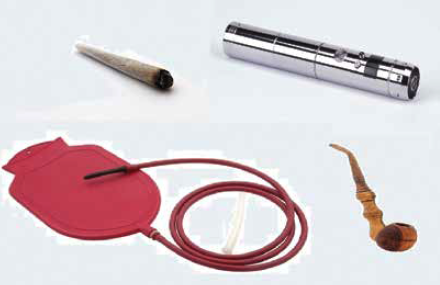
Marijuana can be imbibed in several ways, not all of which leave behind the tell-tale smell of the plant’s smoke. Vapes, enemas, baked goods and suppositories can all be used to get high discretely.


According to a new study from the CAA, young Canadians frequently engage in dangerous behaviour involving the use of marijuana and automobiles. The findings are based on a poll of 1,517 Canadians. A probability sample of the same size would yield a margin of error of +/-2.5%, 19 times out of 20.
DEALING WITH HIGH CLIENTS
According to the Canadian Criminal Code, driving while impaired by drugs—including marijuana—is prohibited. Penalties range from fines for first-time offenders, to life imprisonment in situations that lead to a death. The severity of a punishment is based on the amount of THC—the psycoactive chemical found in marijuana. Drivers with between two and five nanograms of THC per ml of blood face less serious punishments than those found to have more than five nanograms per mililitre of blood.
While users may believe themselves to be harmless and seek to convince members of the auto aftermarket not to report them to the police, towing professionals have a responsibility to act.
Those who suspect clients of driving high should report the matter to police. “Impaired driving is the leading criminal cause of death and injury in Canada,” the Department of Justice writes. “In 2017, there were more than 69,000 impaired driving incidents reported by the police, including almost 3,500 drug-impaired driving incidents.”
PICKING OUT THE POT HEADS
According to the Canadian Criminal Code, driving while impaired by drugs—including marijuana—is prohibited. Penalties range from fines for first-time offenders, to life imprisonment in situations that lead to a death. The severity of a punishment is based on the amount of THC—the psycoactive chemical found in marijuana. Drivers with between two and five nanograms of THC per ml of blood face less serious punishments than those found to have more than five nanograms per mililitre of blood.
While users may believe themselves to be harmless and seek to convince members of the auto aftermarket not to report them to the police, towing professionals have a responsibility to act.
Those who suspect clients of driving high should report the matter to police. “Impaired driving is the leading criminal cause of death and injury in Canada,” the Department of Justice writes. “In 2017, there were more than 69,000 impaired driving incidents reported by the police, including almost 3,500 drug-impaired driving incidents.”
Identifying them may not be easy, even for roadside responders. In the past, most people smoked marijuana in rolled cigarettes known to users as joints or blunts. The smoke left behind a distinctive smell, often compared to that of a skunk. Modern alternatives to smoking marijuana, like vaping them through specialized devices, do not necessarily leave the tell-tale scent. The active ingredients can also be baked into food and even taken as a suppository or through an enema.
There are other clues, however, that may allow roadside responders to identify people who have been driving high.
The chemicals found in THC often leave the whites of users’ eyes looking red, however, the substance is imbibed. Those under the affects of marijuana frequently laugh at inane events and often trail off mid-sentence during conversations.
Users may also make use of an insider language in order to determine whether a roadside responder is involved in marijuana culture, and, thus, unlikely to report them for driving high.
Within marijuana culture and, in some cases, more broadly, marijuana is known by a number of insider names. These include: 420, alfalfa, amnesia, astroturf, Aunt Mary, blaze, bud, chronic, Devil’s lettuce, ganja, weed, pot and Mary-Jane.

